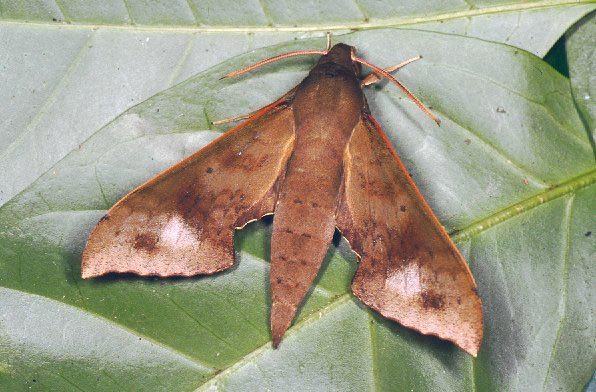
Xylophanes germen courtesy of Paolo Mazzei.
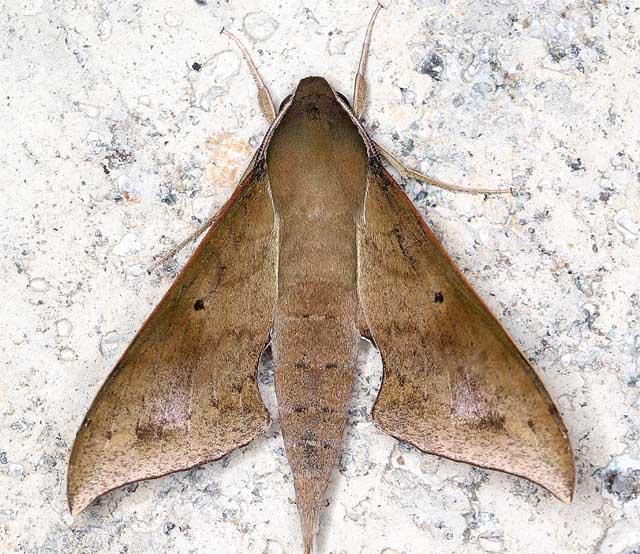
|
|
Updated as per personal communication with Gernot Kunz (El Copan, Cartago, Costa Rica, March 6, 2019, 1047m); April 16, 2019 Updated as per personal communication with Galerita Janus (Mount Totumas, Chiriqui, Panama, July 16, 2016, 1880m; courtesy of Galerita Janus, id by Biil Oehlke. |


TAXONOMY:
Family: Sphingidae, Latreille, 1802 |
Xylophanes brevis, which Kitching and Cadiou 2000 equate with Xylophanes germen, flies in Venezuela.
CATE lists it in Mexico, Guatemala, Honduras, Costa Rica, Panama: Chiriqui: Mount Totumas, 1880m (GJ), Colombia, Venezuela, Ecuador, Peru, and Bolivia, but I do not know where the geographical delineation is between nominate germen and subspecies yurakano. Yurakano, supposedly, has a smoother forewing outer margin and less contrasting pattern. Generally it seems that nominate germen is in Central America and germen yurakano is in South America (based on BOLD website), but the specimen above from Cartago, Costa Rica has a relatively smooth forewing outer margin. Its appearance is more in harmony with X. germen yurakano.
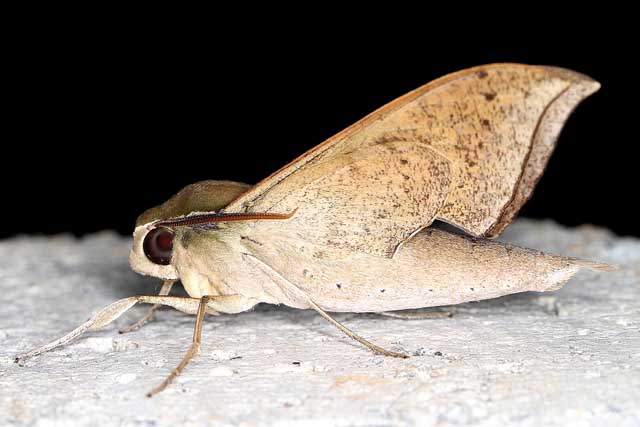
"Forewing upperside ground colour olive green-grey; transverse lines indistinct, basal and two antemedian lines curved outward from inner margin and then back towards the costa; three postmedian bands running transversely across the wing, distal to which may be a variably developed paler patch between M2 and CuA1, and an orange-brown patch between M3 and the inner margin (both may be absent in some specimens)."
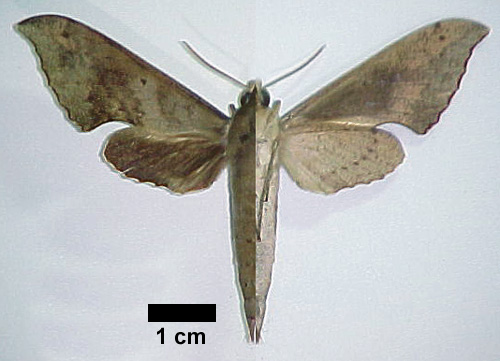
Xylophanes brevis, Venezuela, from
Hawkmoths of Venezuela,
courtesy of Dr. María Esperanza Chacín
and José Clavijo A., Ph.D.

Xylophanes germen male, 72mm, Costa rica, courtesy of Dan Janzen.
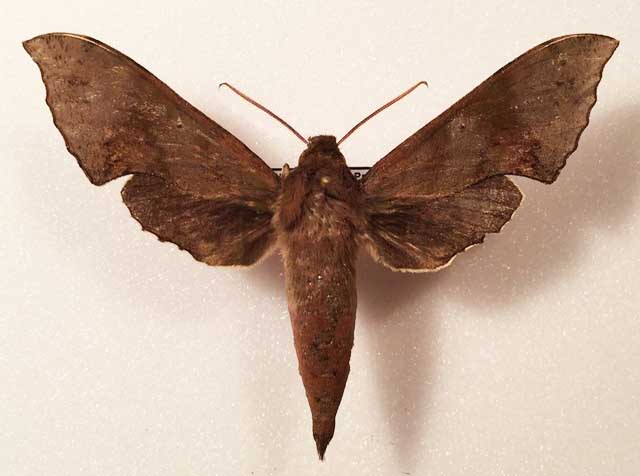
Xylophanes germen, Mount Totumas, Chiriqui, Panama,
July 16, 2016, 1880m, courtesy of Galerita Janus, id by Bill Oehlke.
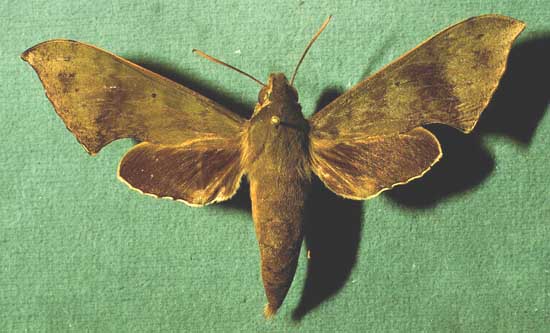
Xylophanes germen female courtesy of Dan Janzen.
Larvae feed on Psychotria correae, Psychotria elata, Psychotria eurycarpa and Exostema mexicanum and probably other members of the Rubiaceae family.
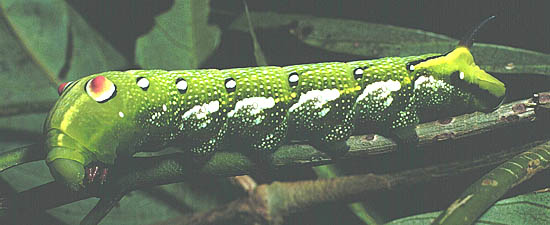
Eclosions from pupae occur within three weeks of pupation. |
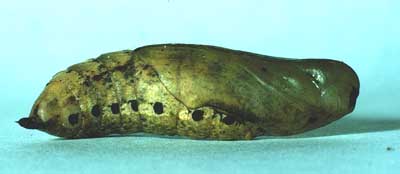 |
Use your browser "Back" button to return to the previous page.
Goto Main Sphingidae Index
Goto Macroglossini Tribe
Goto Central American Indices
Goto Carribean Islands
Goto South American Indices
Goto U.S.A. tables